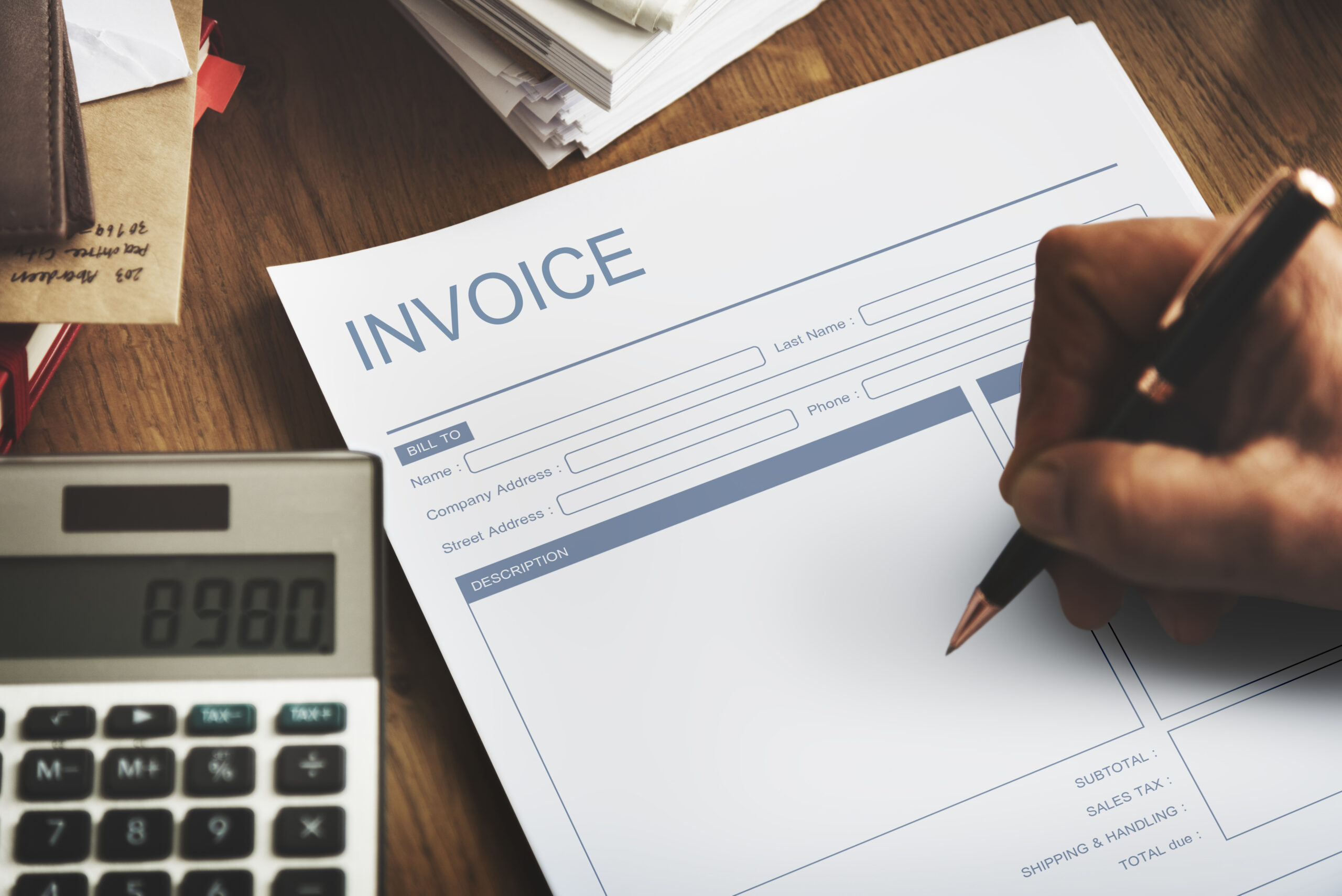Invoice Finance can help so many different businesses from a range of industries, but many don’t know it exists or even if they do, they don’t realise it could work for them. Let me take you through the product from start to finish, so you can see if it will work for your business.
What is Invoice Finance?
Invoice finance, also referred to as Accounts Receivable Finance, is a B2B commercial loan product that allows you to release working capital funds from unpaid customer invoices.
What types of Invoice Finance are there?
There are multiple kinds of invoice finance. Invoice Factoring, Invoice Discounting and Selective Invoice Finance.
Invoice Factoring is where a lender will purchase your invoices from you, giving you between 80%-90% of the full invoice amount. They will then take control of the invoice and ensure your customers pay on time. Once the payment has been made, the lender will pay you the balance minus their fees.
Invoice discounting works more like an overdraft facility. The lender will offer you a maximum lend based on the money listed in the accounts receivable ledger. Then, once you raise an invoice, you will receive the majority of the invoice amount and once it’s been paid by the customer you will receive the rest minus the costs of the loan facility and any agreed upon lender fees. You could raise cash on multiple invoices at once, up to the limit of the facility.
Selective Invoice Finance can either be factoring or discounting but only for selected invoices or selected customers. This can be a great middle ground as you can unlock some extra cash flow for your business, but retain control over the customers or invoices you want to.
What is the difference between Invoice Discounting and Invoice Factoring?
While both discounting and factoring allow you to receive up front cash for your invoices, they don’t function exactly the same.
With invoice factoring, the lender takes credit control responsibilities, so your customers will receive communication from them asking for payment. Whereas with Invoice discounting you are still responsible for making sure the client pays. They both have their strengths and weaknesses. Factoring allows you to dedicate more time to the operation of your business, but discounting doesn’t let your clients know you’re raising funds from their invoices.
Lenders are purchasing the invoice when factoring so if a customer doesn’t pay then you won’t be obligated to repay the money yourself. This is different from discounting which is a loan and so the money always has to be repaid.
How do I know if I'm eligible for Invoice Finance?
There are some key criteria you need to meet in order to be eligible for invoice finance. They are the following:
- Your Business is B2B or has a B2B arm – invoice finance can only be used with invoices sent to businesses.
- You have payment terms agreed between 30 and 90 days – If you receive payment any sooner it wouldn’t be of benefit to you. However if payment wasn’t received until later than 90 days then most lenders wouldn’t like it as it’s too risky and too long for them to wait to get the funds. They will also look at your customers’ payment and credit history before making a decision.
- You have trading history – Lenders want to see that the sales cycle is working and you have billed and received payment from your clients. This helps alleviate risk from their point of view.
Summary
Invoice finance is a unique option, perfect for businesses from all industry to unlock some extra cash to give themselves a boost. If you’re interested in any type of invoice finance get in contact with us and let us see what is going to work best for you.
